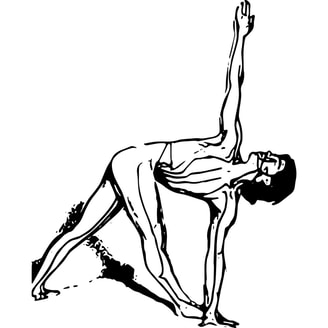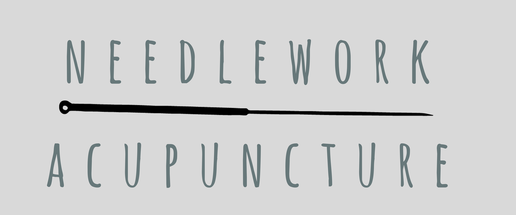STRUCTURAL BODY WORK

WHAT IS STRUCTURAL INTEGRATION?
AND WHAT CAN IT DO FOR ME?
Structural Integration is a form of manual body work started by Ida Rolf ("Rolfing"), a biochemist and physicist with a great interest in body mechanics.
The idea of Structural Integration is to find the place of least resistance in the body, to bring balance to the structure, so that it can more easily support the forces put upon it.
In the Anatomy Trains Structural Integration program, we learn to read the "lines" of the body, to assess postural compensations that contribute to pain and dysfunction. These lines are myofascial planes of tissue, mapped by Tom Myers, that show how forces are transmitted throughout the body in a continuous, integrated system.
Utilizing deep-tissue manual techniques, we can stimulate changes in the tissue (fascia) that support remodeling and balancing structures of the body.
I offer a 3-Series or full 12-Series of Structural Integration in the Anatomy Trains tradition. The 3-Series is shorter, for those with limited time or looking to "try-out" structural bodywork; the treatment analyzes posture at the three "rings:" pelvis, ribcage and spine. Through myofascial work we aim to bring the main postural features of these areas into better alignment for improved support and function. A lot can be achieved in 3 sessions, but it does not get as "deep," methodically, as the full 12-Series. A full-series of Structural Integration is 12 sessions, usually completed over the course of 12 weeks (more or less). The 12-Series works systematically through the myofascial planes of the body to differentiate, bring awareness to, and integrate as much of the body as possible.
AND WHAT CAN IT DO FOR ME?
Structural Integration is a form of manual body work started by Ida Rolf ("Rolfing"), a biochemist and physicist with a great interest in body mechanics.
The idea of Structural Integration is to find the place of least resistance in the body, to bring balance to the structure, so that it can more easily support the forces put upon it.
In the Anatomy Trains Structural Integration program, we learn to read the "lines" of the body, to assess postural compensations that contribute to pain and dysfunction. These lines are myofascial planes of tissue, mapped by Tom Myers, that show how forces are transmitted throughout the body in a continuous, integrated system.
Utilizing deep-tissue manual techniques, we can stimulate changes in the tissue (fascia) that support remodeling and balancing structures of the body.
I offer a 3-Series or full 12-Series of Structural Integration in the Anatomy Trains tradition. The 3-Series is shorter, for those with limited time or looking to "try-out" structural bodywork; the treatment analyzes posture at the three "rings:" pelvis, ribcage and spine. Through myofascial work we aim to bring the main postural features of these areas into better alignment for improved support and function. A lot can be achieved in 3 sessions, but it does not get as "deep," methodically, as the full 12-Series. A full-series of Structural Integration is 12 sessions, usually completed over the course of 12 weeks (more or less). The 12-Series works systematically through the myofascial planes of the body to differentiate, bring awareness to, and integrate as much of the body as possible.

